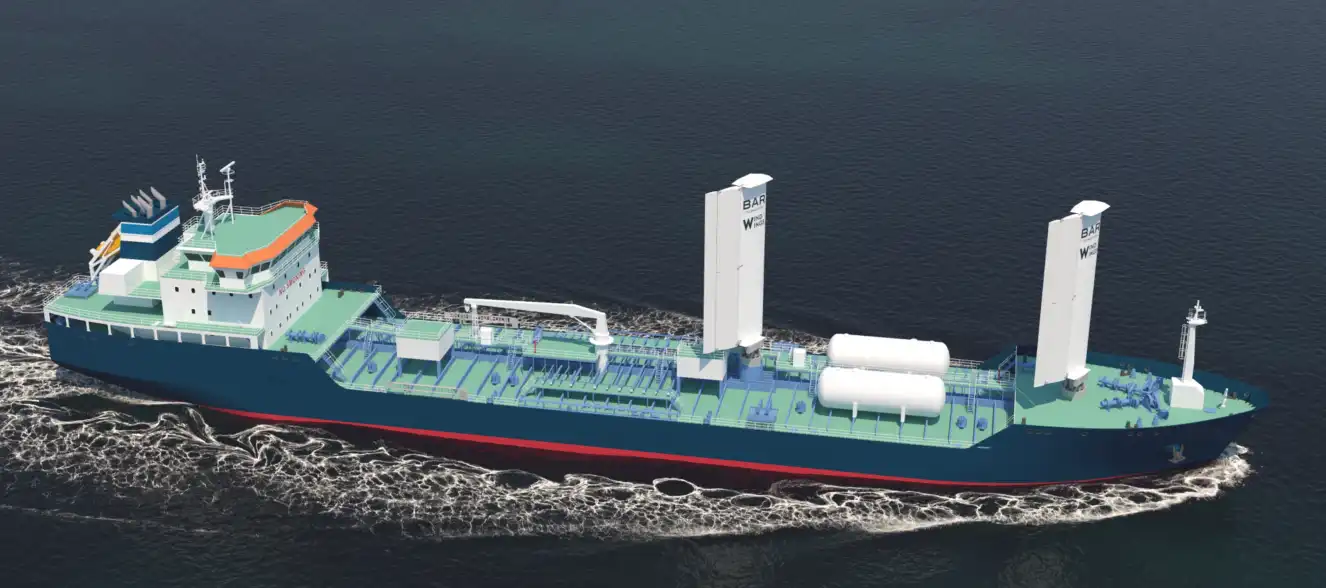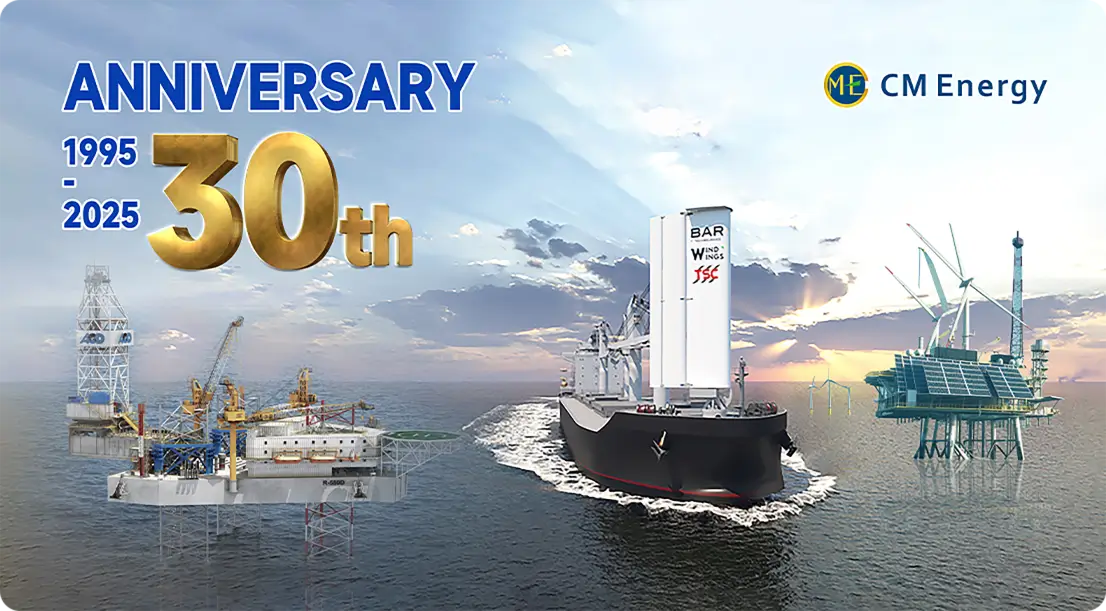What are the operational constraints of wind-assisted propulsion?
Wind assisted propulsion systems (WAPS) have emerged as a promising solution for reducing fuel consumption and emissions in the maritime industry. However, these innovative technologies come with their own set of operational constraints that ship owners and operators must consider. The primary challenges include weather dependency, retrofitting existing vessels, and crew training requirements. Wind power propulsion systems, such as those offered by CM Energy, can provide significant fuel savings of up to 30% depending on route conditions. However, their effectiveness is heavily influenced by wind patterns, vessel design, and operational factors. This article explores the key operational constraints of wind-assisted propulsion and how the industry is working to overcome these challenges to harness the full potential of this green technology.

Weather Dependency: Navigating Unpredictable Winds
One of the most significant operational constraints of wind-assisted propulsion is its reliance on favorable wind conditions. While modern WAPS are designed to capture wind energy efficiently, their performance can vary greatly depending on wind speed and direction.
Variability in Wind Patterns
Wind patterns can be unpredictable and vary significantly across different routes and seasons. This variability can impact the consistency of fuel savings and may require adjustments to shipping schedules or routes to maximize the benefits of wind-assisted propulsion.
Impact on Vessel Speed and Course
Strong winds or unfavorable wind directions can affect a vessel's speed and course, potentially leading to longer transit times or the need for course corrections. Ship operators must carefully balance the use of wind propulsion with maintaining scheduled arrival times and optimal fuel efficiency.
Adapting to Changing Weather Conditions
To address these challenges, advanced weather routing systems have been developed specifically for vessels equipped with wind-assisted propulsion. These systems, such as those integrated with TSC's wind assisted propulsion systems, provide real-time data and recommendations to optimize the use of wind power based on current and forecasted weather conditions.
Retrofitting Challenges for Existing Vessels
While wind-assisted propulsion systems offer significant benefits, retrofitting existing vessels with these technologies presents several challenges that must be carefully considered.
Structural Modifications
Installing wind power propulsion systems often requires significant structural modifications to the vessel. This can include reinforcing the deck to support the weight of rigid sails or rotors, as well as ensuring the ship's stability is maintained with the addition of these new elements.
Integration with Existing Systems
Retrofitting WAPS involves integrating new control systems with the vessel's existing navigation and propulsion systems. This integration must be seamless to ensure safe and efficient operation, which can be complex and time-consuming.
Space Constraints
Many existing vessels, particularly those designed for maximum cargo capacity, may face challenges in finding suitable locations for wind propulsion systems without compromising cargo operations or other essential functions. CM Energy's WindWings® system addresses this issue by offering flexible installation options and the ability to fold the sails when not in use.
Crew Training: New Skills for Wind-Assisted Navigation
The introduction of wind-assisted propulsion systems requires crew members to develop new skills and knowledge to operate these technologies effectively and safely.
Understanding Wind Dynamics
Crew members need to develop a deeper understanding of wind dynamics and how they affect vessel performance when using wind-assisted propulsion. This includes interpreting weather data, assessing wind conditions, and making informed decisions about when and how to deploy the wind propulsion system.
Operation and Maintenance of WAPS
Training programs must cover the operation and maintenance of specific wind propulsion technologies. For example, crew members working with TSC's wind assisted propulsion systems need to be familiar with its automated control systems, manual operation interfaces, and maintenance procedures.
Safety Protocols
New safety protocols must be developed and implemented to address the unique risks associated with wind propulsion systems. This includes procedures for deploying and retracting sails in various weather conditions, as well as emergency response plans.
Conclusion
Wind-assisted propulsion offers significant potential for reducing fuel consumption and emissions in the maritime industry. However, operational constraints such as weather dependency, retrofitting challenges, and crew training requirements must be carefully managed to maximize the benefits of these systems. As technology continues to advance and more vessels adopt wind-assisted propulsion, solutions to these challenges are likely to evolve, making this green technology increasingly viable for a wider range of vessels and routes.
Companies like CM Energy are at the forefront of developing innovative wind propulsion solutions that address these operational constraints. By offering products like the WindWings® system, which features automated control systems, flexible installation options, and comprehensive support services, CM Energy is helping to overcome the barriers to widespread adoption of wind power propulsion in the maritime industry.
FAQ
1. How much fuel can be saved using wind-assisted propulsion?
Fuel savings can vary depending on route conditions and vessel type, but systems like CM Energy's WindWings® can provide fuel savings of up to 30%.
2. Can wind-assisted propulsion systems be used on all types of vessels?
While WAPS can be adapted for various vessel types, they are particularly well-suited for bulk carriers, tankers, and other large commercial vessels with sufficient deck space.
3. How long does it take to retrofit a vessel with wind-assisted propulsion?
The retrofitting process can vary depending on the vessel and the specific system being installed. However, with proper planning and coordination, installations can often be completed during scheduled dry-docking periods to minimize operational disruptions.
Harness the Power of Wind with CM Energy's Wind-Assisted Propulsion Technology
As a leading WAPS manufacturer, CM Energy's wind-assisted propulsion system presents an innovative solution to overcome operational challenges. Our patented technology, backed by global certification and real-world validation, ensures fuel savings of up to 30% while addressing critical concerns such as weather adaptability, vessel integration, and ease of use. Step into the future of maritime propulsion with CM Energy and optimize your fleet's performance. Get in touch today at info.cn@cm-energy.com to discover how we can customize our wind propulsion solutions to meet the unique needs of your fleet.
References
- International Windship Association. (2023). "Operational Considerations for Wind-Assisted Ship Propulsion Systems." IWSA Technical Report.
- Maritime Technology Society. (2024). "Challenges and Opportunities in Retrofitting Vessels with Wind Propulsion Technologies." MTS Journal, Vol. 58, Issue 2.
- Lloyd's Register. (2023). "Guidelines for Wind-Assisted Propulsion Systems for Ships." LR Technical Publication.
- International Maritime Organization. (2024). "MEPC Circular on Wind Propulsion Systems and EEXI Calculations." IMO MEPC.1/Circ.896.
- Journal of Marine Science and Engineering. (2023). "Weather Routing Optimization for Wind-Assisted Ships: A Comprehensive Review." JMSE, Vol. 11, Issue 4.
- Maritime Education and Training Institute. (2024). "Crew Training Requirements for Wind-Assisted Propulsion Systems." METI Training Guidelines, 3rd Edition.

